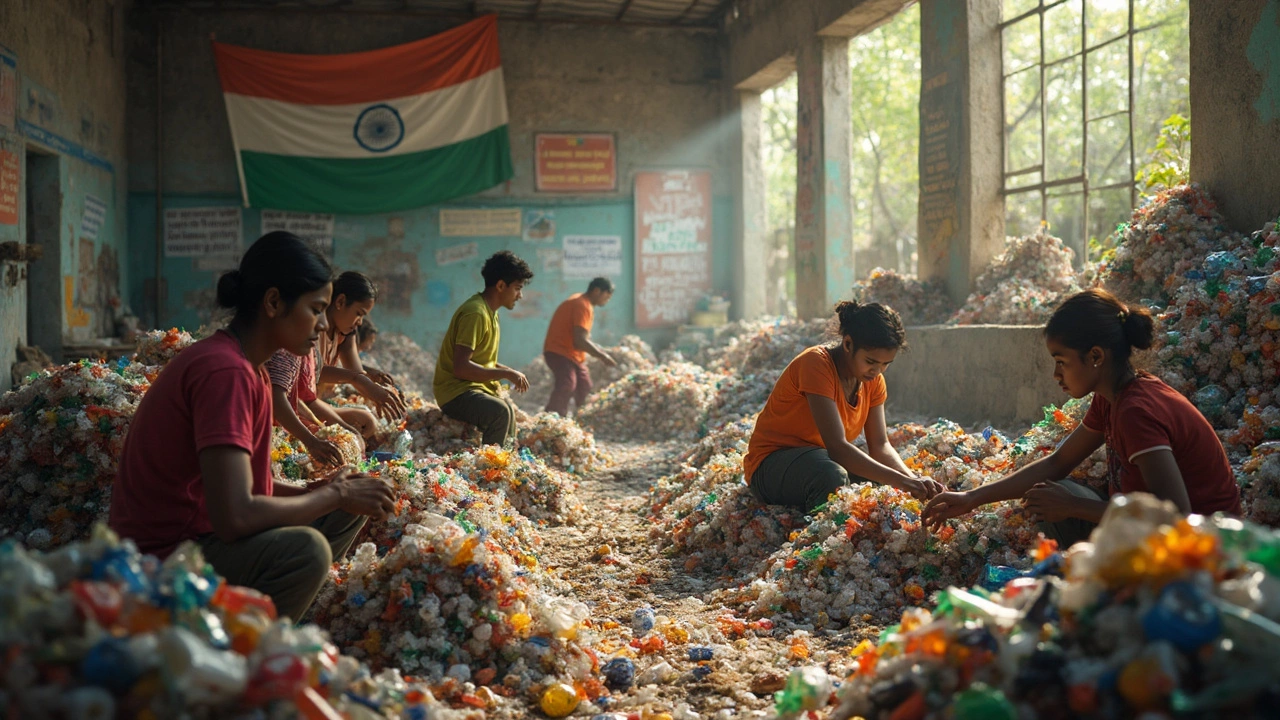Recycling in Manufacturing: Why It Matters and How to Do It
Every day a factory throws away metal scraps, plastic pallets, and leftover chemicals. Those leftovers aren’t just trash – they’re a cheap source of raw material if you know how to recycle them. Recycling on the shop floor cuts purchase costs, frees up space, and shows customers you care about the planet. Below you’ll see real ways to turn waste into value without adding extra hassle.
Key Benefits of Recycling on the Shop Floor
First, recycling lowers your material bill. When you grind down metal shavings and melt them back into new parts, you avoid buying fresh steel at market price. Second, it shrinks your waste disposal fees. Landfill charges in many Indian cities keep rising, so keeping waste out of the dump saves money fast. Third, recycling improves your brand image – buyers, especially overseas, look for partners with a solid sustainability record.
Simple Steps to Start Recycling in Your Plant
1. Identify the biggest waste streams. Walk through the production line and note where metal chips, plastic film, cardboard boxes, and used oil accumulate. Write them down – you’ll need the list to plan collection bins.
2. Set up clearly labeled bins. Use a different color for each material type. Place the bins near the machines that generate the waste so workers can drop items right away. When bins are easy to reach, participation jumps.
3. Partner with a local recycler. Many cities have firms that collect scrap metal, PET bottles, and used oils. Call a few, compare rates, and sign a regular pickup schedule. Some recyclers even pay for high‑grade metal, turning waste into profit.
4. Train the crew. A quick 10‑minute talk at the weekly toolbox meeting is enough. Explain why recycling matters, show how to sort correctly, and answer questions. When the team sees the cost savings on the payroll, they’ll be more eager to comply.
5. Track and report results. Use a simple spreadsheet to log how many kilos of metal, plastic, and paper you recycle each month. Compare that to the money you saved on purchases and disposal. Share the numbers with supervisors – the data proves the effort works.
6. Look for internal reuse. Not all waste needs a third‑party recycler. For example, cardboard boxes from incoming shipments can become storage bins. Used oil can be filtered and reused for machine lubrication if it meets quality standards.
7. Upgrade equipment where it helps. If your plant produces a lot of metal chips, consider installing a magnetic separator. It pulls steel out of mixed waste, giving you a cleaner stream to sell.
By following these steps, even a small workshop can start seeing tangible benefits within a few weeks. The key is consistency – keep the bins full, the data fresh, and the conversation going.
Ready to turn trash into treasure? Grab a pen, map your waste, and set the first bin in place today. The savings will show up on the balance sheet, and your plant will look greener to everyone who matters.

Where Does Plastic Go: From Use to Disposal
Ever wondered what happens to the plastic items we use every day? This article demystifies the lifecycle of plastic after its initial use. From recycling processes to landfill destinations, learn the true journey of plastic waste. Discover fascinating facts and practical tips to help reduce plastic pollution.
